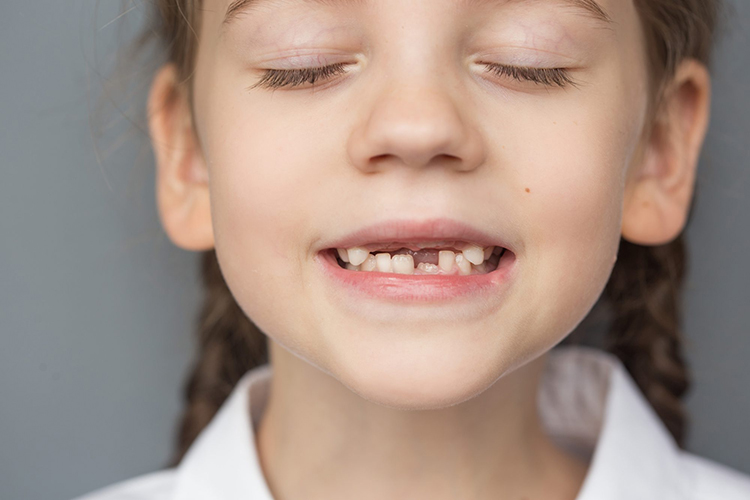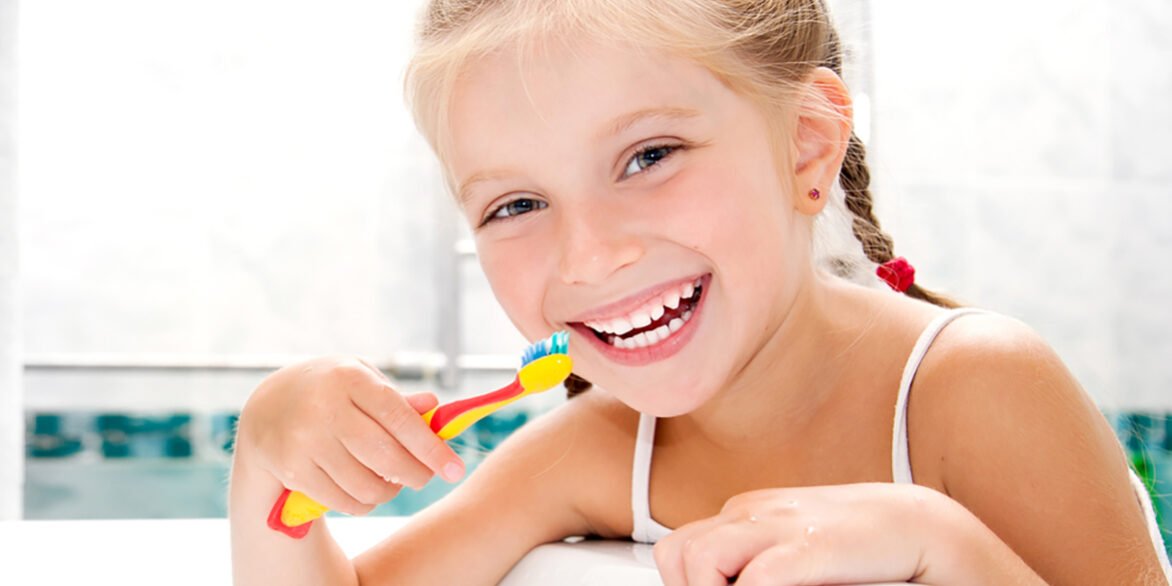My child’s adult teeth coming in yellow – Why?
When your child’s adult teeth start to erupt, you might have observed that they are darker and more yellow than their baby teeth. Rest assured that this is most likely not a result of your child’s discoloured teeth or inadequate brushing technique.
Why Do Adult Teeth Have a Yellower Tone Than Baby Teeth?
Deciduous teeth, commonly referred to as baby teeth, start to fall out and are replaced by permanent adult teeth when your child is around five or six years old. During this critical period of growth, you can notice that your child’s once-pearly white teeth are changing color and becoming darker. If so, try not to get alarmed.
Compared to baby teeth, permanent adult teeth are darker and have more dentin. Due to enamel’s minor translucence, the dentin’s color may occasionally be visible. Additionally, permanent teeth emerge with more translucent teeth and wider nerve canals. When compared to the smaller, lighter baby teeth still present in your child’s mouth, the new permanent adult teeth appear more yellow than the primary teeth. Your child will eventually lose their baby teeth, and as they do, the color and appearance of their permanent teeth will gradually lighten.
What Causes Kids’ Yellow Teeth
Most likely, the yellowing or discolouration of your child’s teeth is a typical aspect of their growth and development.
Having Specific Foods and Drinks
Your child’s tooth color may be impacted by what they eat and drink. Your teeth may become stained by berries, tomatoes, and other strongly colored foods. Sports drinks, sodas, and some fruit juices can all discolor teeth.

Here are some specific things to avoid that can damage enamel:
Foods that are acidic (such citrus, tomatoes, curry sauce, and sodas)
Tea, coffee, and red grape juice all contain tannins.
Citric acid (preservative used in sports drinks and sour sweets, among other things)
How often or for how long teeth are exposed to these items determines the extent of tooth discoloration. Having your youngster rinse with water after consuming highly colored foods or acidic beverages is a smart idea.
Plaque buildup on the teeth can result from bad dental hygiene.
There’s a reason why Dr. Kailes advises you to brush your teeth twice a day. When children fail to brush and floss their teeth thoroughly, bacteria may continue to accumulate and cause plaque and tartar (calcified, hardened plaque). Foods and drinks can stain plaque, and tartar typically has a yellowish-brown tint. Black may indicate genuine tooth decay if you can see it.
Trauma and Injury
Accidents are prone to occur at any time. The blood vessels inside the tooth may rupture after your child falls or receives a blow to the mouth, causing the tooth to become damaged and appear yellow, brown, gray, or black. Accidents that hurt the nerve in a tooth or close by can also discoloration in children’s teeth.
Drugs, Supplements, and Antibiotics
Taking some antibiotics, such as tetracycline, during pregnancy or when your child is under the age of eight can result in yellow stains on your child’s teeth.
When teeth erupt, the tetracycline attaches to them and starts to oxidize. It will appear yellow at first but could gradually become brown.
Tetracycline and comparable antibiotics are often not prescribed to pregnant women in their second or third trimester or to children under the age of eight.
Methods for Avoiding Yellow Teeth
Good oral hygiene is always crucial. Make sure your child is brushing twice a day and flossing at least once a day. When your child starts taking care of their teeth at a young age, they build good dental habits that help them maintain a beautiful and healthy smile as they grow older. Also, make sure to keep up with regular dental checkups.
We recommend scheduling a cleaning and preventative visits every six months. This gives us the chance to watch existing areas of concern and also find any developing issues before they progress.







